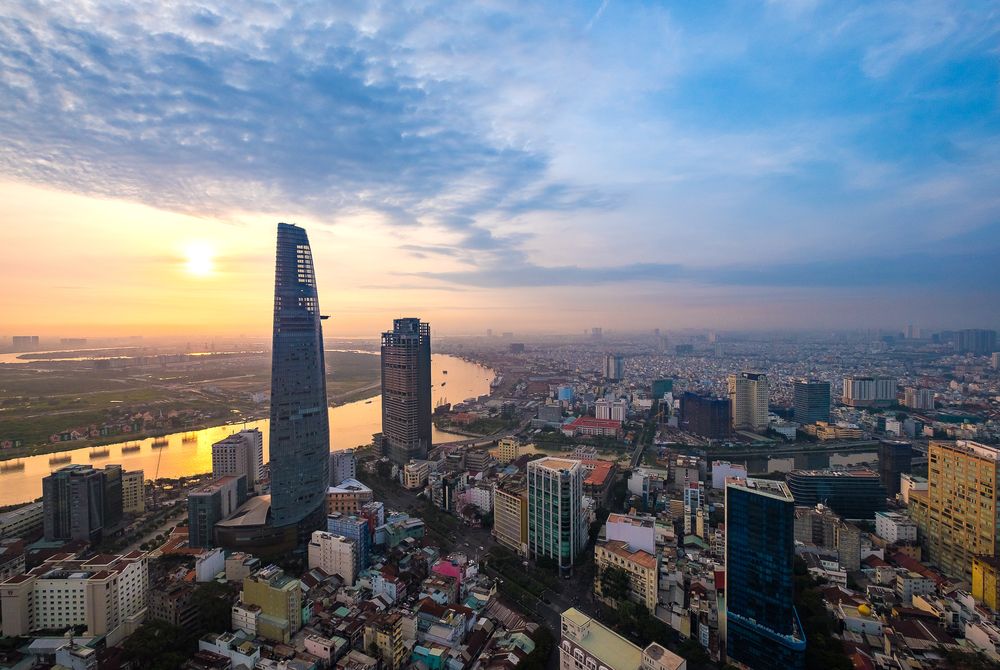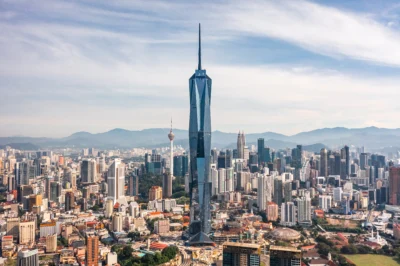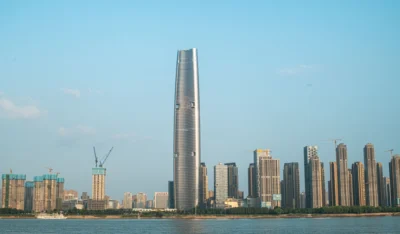Ho Chi Minh City, Bangkok among world’s cheapest residential cities
These Southeast Asian metropolises boast relatively affordable luxury homes on average
Ho Chi Minh City and Bangkok landed last on CBRE’s latest annual Global Living Report ranking the most expensive property markets in key cities around the world.
The fifth edition of the report saw the Vietnamese metropolis and Thai capital placing 34th and 33rd, respectively, among 35 key global cities.
Bangkok offers an average residential property price of just THB3.4 million (USD106,383), followed by Ho Chi Min City with a residential price of USD103,057 on average.
Istanbul was the world’s most affordable with USD97,396 in average home price.
“House prices increased year-on-year across 30 out of the 35 cities we looked at, although generally at lower rates than previously,” said Jennet Siebrits, head of residential research at CBRE UK.
More: Where to live in a future Vietnamese casino resort
“In general, CBRE is seeing house price growth slow across our cities as we move towards the end of a long property cycle. We would expect increasing interest rates to be affecting cities in the US, and various cooling measures affecting the Asia Pacific region, although Shanghai still saw robust growth,” she added.
Condominiums are meeting high demand for housing brought by rapid population and employment growth in Ho Chi Minh City. New units sell very quickly: in the second quarter of 2018 the absorption rate of freshly launched units was 80 percent, CBRE noted.
Yet the average prime residential price in the city also known as Saigon stood at just USD403,270.
An “emerging technology-driven powerhouse”, Bangkok is subsisting on strong demand for condos from international buyers, especially the Chinese. Over 50,000 condominium units were completed in 2017, compared to a total supply of 645,000 units. The average prime home price in the city stood at USD455,927.
“The world’s greatest cities continue to transform to encourage innovation, increase their working and living populations and create new commercial opportunities for businesses,” commented Siebrits.
Recommended
6 developments driving Asia’s green real estate shift
Developers are being incentivised to push a green agenda into daring new realms
The Philippines’ LIMA Estate drives sustainable industrial growth
LIMA Estate models a citywide vision that uplifts workers while appealing to climate-conscious employers
Malaysia property market rebounds with foreign interest and growth
The nation’s property market is stirring to life, fuelled by foreign buyers and major infrastructure drives
China’s renewable energy surge redefines housing norms and development
From exporting solar panels to building entire green-powered neighbourhoods, China’s renewable surge is redefining housing norms








